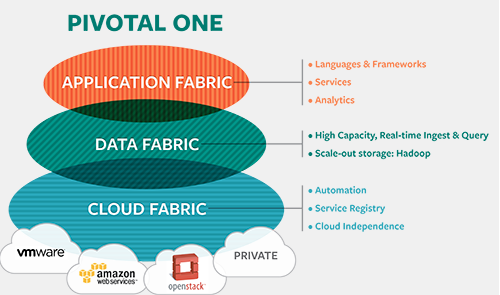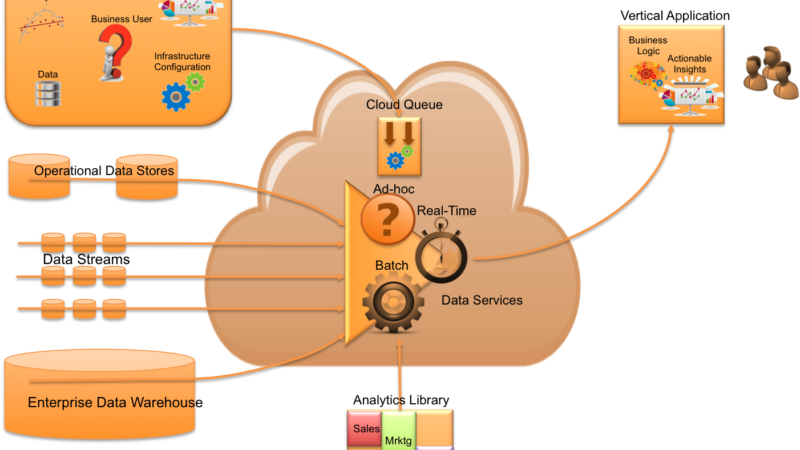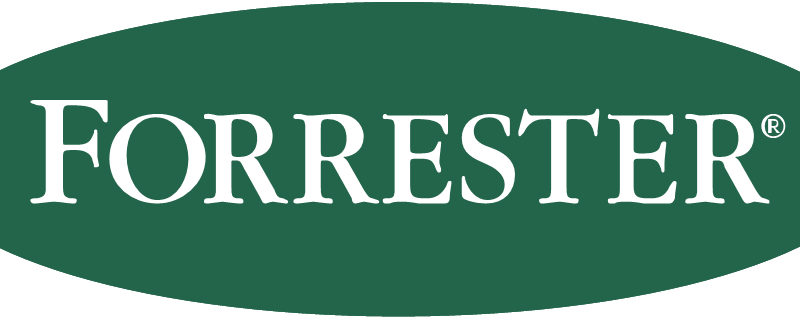VMWare vSphere – The new Cloud OS?
VMware announced vSphere 4 on April 21, 2009 and released it today, May 21, 2009. vSphere represents a re-branded release of VMware Infrastructure 3, with an enhanced suite of tools including the ability to do cloud computing across the Internet.
VMWare History
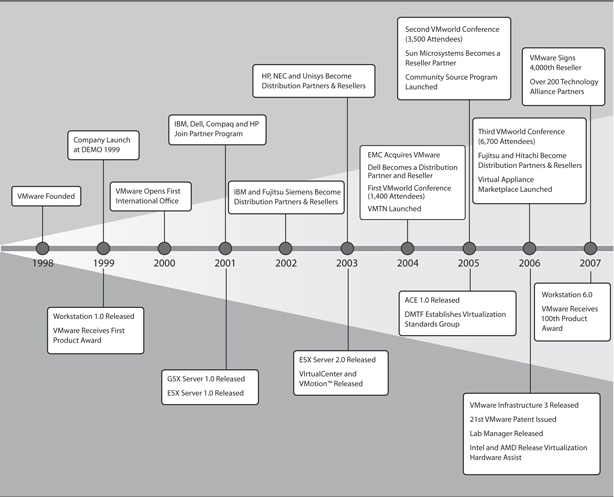
VMWare has had a successful ride with virtualization approaching $2B in revenue and trading with a market cap close to $15B. The company has been almost unchallenged until Xen was purchased by Citrix in October 2007, and Microsoft launched Hyper-V in mid-2008.
VMWare Suite of Products
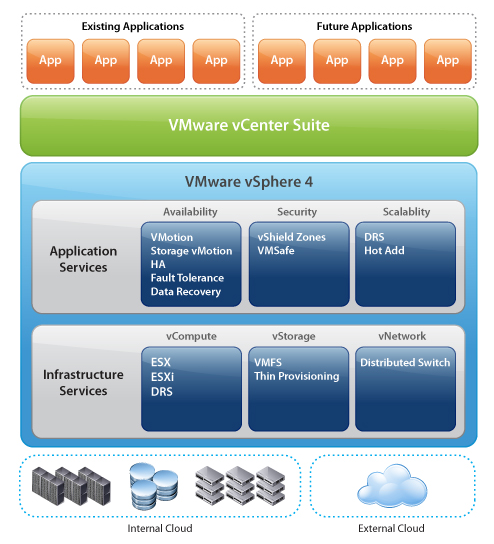
Infrastructure
The core of the solution includes the “Infrastructure services”, starting with the ESX (paid)/ESXi (free) hypervisors. These hypervisors abstract processor, memory, storage, and networking resources into multiple virtual machines. Then you layer in other products such as VMWare DRS which continuously balances computing capacity in resource pools to deliver the performance, scalability and availability not possible with physical infrastructure.
VMware vStorage VMFS is a cluster file system that leverages shared storage to allow multiple instances of VMware ESX to read and write to the same storage, concurrently (shared storage).
VMware vStorage Thin Provisioning lets you subscribe more capacity to virtual machines than they actually have, eliminating the waste of resources and space caused by unused over-allocated storage.
The Cisco Nexus 1000V integrates with VMware vSphere through the vNetwork Distributed Switch (only available with the vSphere Enterprise Plus edition). Cisco Nexus 1000V delivers VN-Link, virtual machine-aware network services for VMware vSphere.
Availability
VMWare VMotion can move an entire running virtual machine instantaneously from one server to another. VMware VMotion uses VMware’s cluster file system to control access to a virtual machine’s storage.
Storage VMotion enables you to perform live migration of virtual machine disk files across heterogeneous storage arrays with complete transaction integrity and no interruption in service for critical applications.
VMware HA simply provides failover protection against hardware and operating system failures within your virtualized IT environment.
VMware Fault Tolerance provides continuous availability for applications in the event of server failures, by creating a live shadow instance of a virtual machine that is in virtual lockstep with the primary instance. By allowing instantaneous failover between the two instances in the event of hardware failure, VMware Fault Tolerance eliminates even the smallest of data loss or disruption.
VMware Data Recovery protects against data loss in your virtual environment by enabling fast backups to disk and, more importantly, fast and complete recovery.
Security
VMware vShield Zones enables you to monitor, log and block inter-VM traffic within an ESX host or between hosts in a cluster, without having to divert traffic externally through static physical chokepoints. You can bridge, firewall, or isolate virtual machine between multiple zones defined by your logical organizational and trust boundaries. Both allowed and blocked activities are logged and can be graphed or analyzed to a fine-grained level.
VMsafe provides an application program interface (API)-sharing program that enables select partners to develop security products for VMware environments.
Scalability
Hot add means that one can add more CPUs and memory into a virtual hardware environment. This is interesting, but the important facts of the VMWare platform is that it supports up to 32 physical machines, each with up to 64 logical processing cores, 256 virtual CPUs, and 1TB RAM.
vCenter
vCenter centrally manages VMware vSphere environments allowing IT administrators centralized control over the virtual environment. Administrators can provision VMs and hosts using standardized templates, and ensure compliance with vSphere host configurations and host and VM patch levels with automated remediation.
VMWare Target Enterprises
Small to Medium Businesses
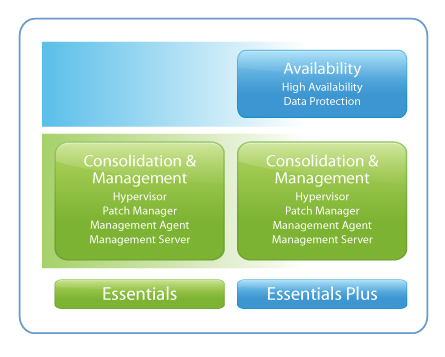 This is basics…designed especially for small IT environments with fewer than 20 physical servers. The catch here is that both editions are all-inclusive packages that enable you to virtualize and consolidate many application workloads onto three physical servers running vSphere and centrally manage them withVMware vCenter.
This is basics…designed especially for small IT environments with fewer than 20 physical servers. The catch here is that both editions are all-inclusive packages that enable you to virtualize and consolidate many application workloads onto three physical servers running vSphere and centrally manage them withVMware vCenter.
Large Enterprise

Each edition includes a hypervisor as well as features to improve availability, protect data, and simplify operations. For the hypervisor, customers can choose to deploy either VMware ESX or VMware ESXi. One instance of VMware vCenter Server, sold separately, is required.
VMWare Pricing
VMware vSphere is licensed based on the number of processors on the physical host. VMware customers may deploy vSphere on physical processors that contain up to six processing cores at no additional charge. vSphere Advanced and vSphere Enterprise Plus editions provide an expanded core entitlement and allow customers to deploy on processors that contain up to 12 processing cores.
vSphere Essentials: $995 per processor (up to 6 cores for use on a server with up to 256GB of memory.)
vSphere Essentials Plus: $2,995 per one processor (up to 6 cores for use on a server with up to 256GB of memory.)
vSphere Standard: $795 per one processor (up to 6 cores for use on a server with up to 256GB of memory.)
vSphere Advanced: $2,245 per one processor (up to 12 cores for use on a server with up to 256GB of memory.)
vSphere Enterprise: $2,875 per one processor (up to 6 cores for use on a server with up to 256GB of memory.)
vSphere Enterprise Plus: $3,495 per one processor (up to 12 cores for use on a server with no memory limit.)
Support and Subscription (SnS) is available for all the vSphere editions above. A minimum of one year of SnS is required for each license. VMware vCenter Server is a required and separate purchase in order to centrally manage and enable many vSphere features.


